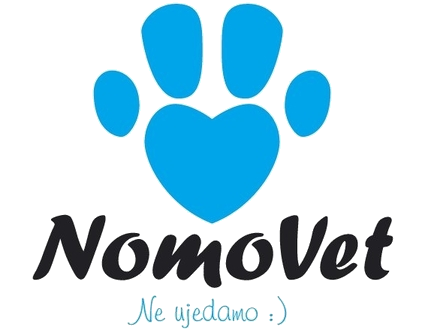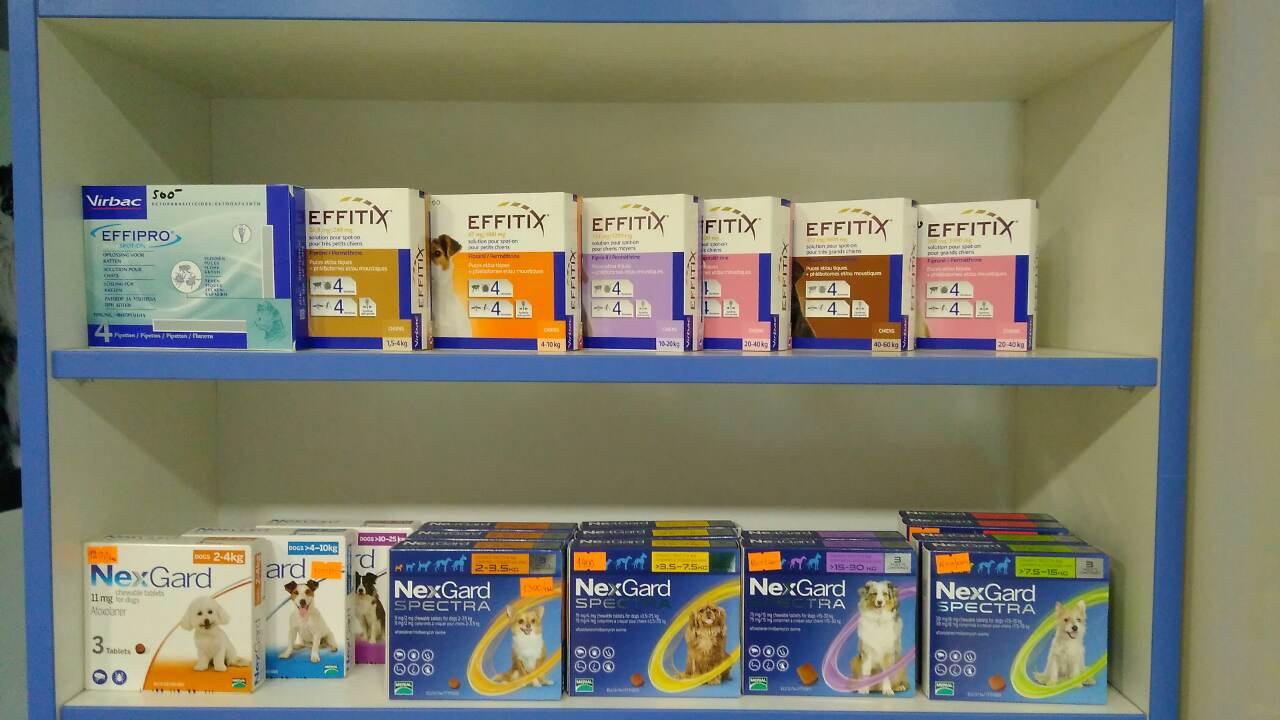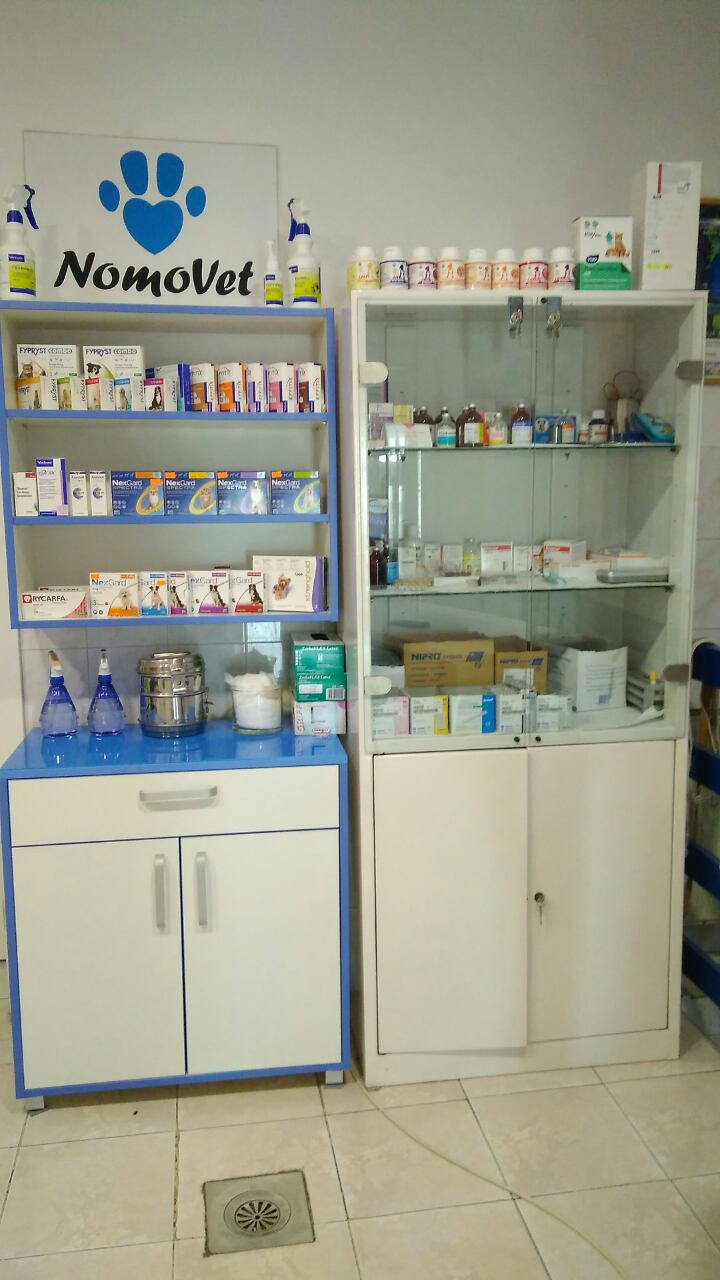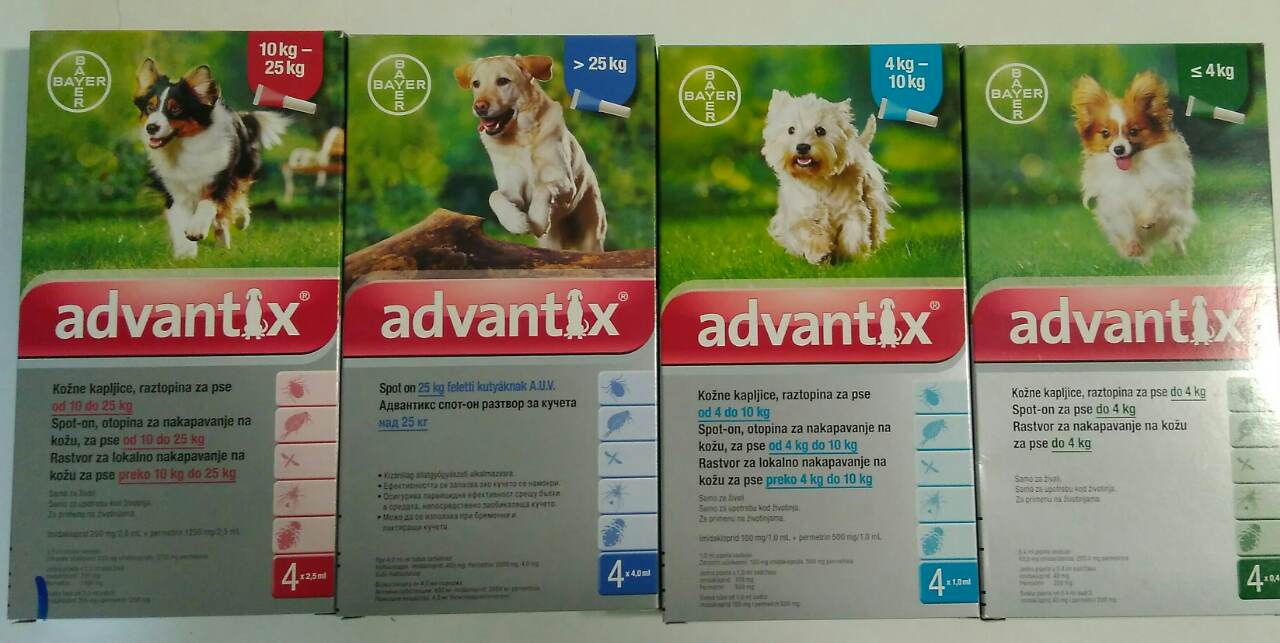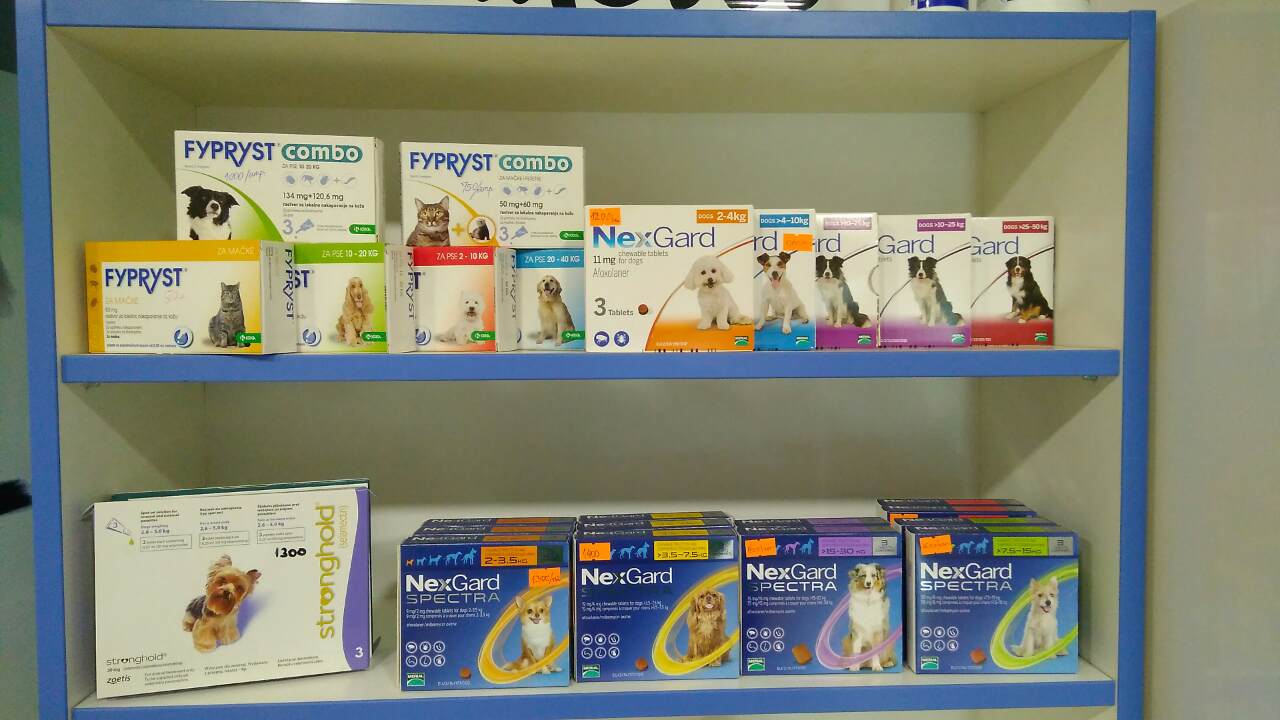Archives
INFECTIOUS DOGS COUGH
Posted by admin in AktuelnostiE on 22.06.2017This is a very common disease of the respiratory system of dogs of mixed etiology. Disease itself is not seasonal, but it is more often in the summer and autumn. It is easily spread from diseased to healthy dog, so it’s potentially a big problem in kennels, shelters and all places with large population of dogs in a small space.
The most common causes are Parainfluenza virus and Bordetella bronchiseptica. Incubation of the disease lasts for 5-7 days. After that cough occurs. Cough is of varied intensity, usually non-productive, whereby the body temperature is usually within the normal range. Dog is eating and drinking water normally but often the slightest effort or attempt barking causes hard cough.
There are more severe forms of infectious cough, compounded with superbacterial infections, where the clinical picture is much worse so the treatment itself must be much more aggressive. The treatment basically consists of the isolation of sick animals, application of suitable antibiotics and antitussives (if the cough is non-productive). Diet that consists of mushy food is advised because of irritation of the pharynx caused by inflammatory process.
Tip for owners is to regularly vaccinate their pets, and in case of cough to immediately contact their veterinarian to implement appropriate therapy.
We are here to help …
TICK FEVER (DOGS BABESIOSIS)
Posted by admin in AktuelnostiE on 22.06.2017With first sunny days, the activity of ectoparasites increases. In particular – ticks (Ixodes ricinus, Rhipicephalus bursa). Ticks are carriers of developmental forms of parasites in blood B. canis and B. gibsoni. The tick transmits parasites in dogs through his aural apparatus by injecting a small amount of saliva which contains development forms of the parasite. Entering the dog`s bloodstream, parasites penetrate into red blood cells, destroy them and continue their cycle of development and reproduction. This whole process is manifested on the health condition of your pet: becomes sad, his appetite is poor or even completely absent, the body temperature is above 40 ° C. Visible mucous membranes in the first stage of the disease are pale – as disease progresses they receive a yellow tint. Affected animals are often staggering while walking due to anemia, which is the result of intensive degradation of red blood cells.
The first symptom that owners notice other than these nonspecific (lethargy, poor appetite) is the change in urine color that goes from the color of beer to the color of coffee. Sometimes, urine has a bloody hue. This is a signal that owners should take their pets to the vet as soon as possible. Tick fever is treated successfully, with certain medications, and later the treatment includes specific nutrition to support the convalescent. But, we need to emphasize that treatment is successful in the initial stage of the disease, so it is really important that the owners immediately, as soon the first symptoms show, take their pet to the vet. As longer the disease lasts, the prognosis is worse.
Prevention consists of use of different products that prevent ticks from clinging to a dog at first place, but also preventive use of medications which are used in the treatment of the disease itself. Products that prevent the tick attach to a dog are in the form of sprays, ampoules, antiparasitic necklaces and should be applied directly to the skin of the dog (not the hair!) and it is the best that the application itself is done by your vet. We recommend using a mixture of reputable manufacturers (Merial, Bayer, Virbac …). It is important to say that we should not expect miracles out of these products. One hundred percent protection does not exist, but it is much better that the dog use some of these products than let him in high vegetation without any protection. If, despite all precautions, tick still attaches to your pet, we suggest the application of product that is used in a treatment of tick fever hoping that if tick carries the cause of babesiosis, it will destroy the “uninvited guest.”
Spring is, they say, the most beautiful time of the year, so you can experience it in the best possible way with your pet in long walks in nature, but after every walk you should inspect your dog for the presence of ticks. If you notice a tick attached, do not try to remove it by yourself. Take the dog to the vet who will do it in a safe and professional manner.
Enjoy the magic of spring!
TICK SEASON
Posted by admin in AktuelnostiE, petshopE on 22.06.2017Tick fever is a very common with dogs that do not use a single type of protection against ticks.
Protect your pet and spend a quiet spring and summer.
We offer:
Spot on Effitix prepare (Virbac)
Fypryst (Krka)
Adcantix (Bayer)
Tablets Next Next Guard and Guard Spectra (Merial)
Necklaces Kiltix
Foresto (Bayer)
Scalibor (MSD)
Come to NOMOVET and help protect your minion.
